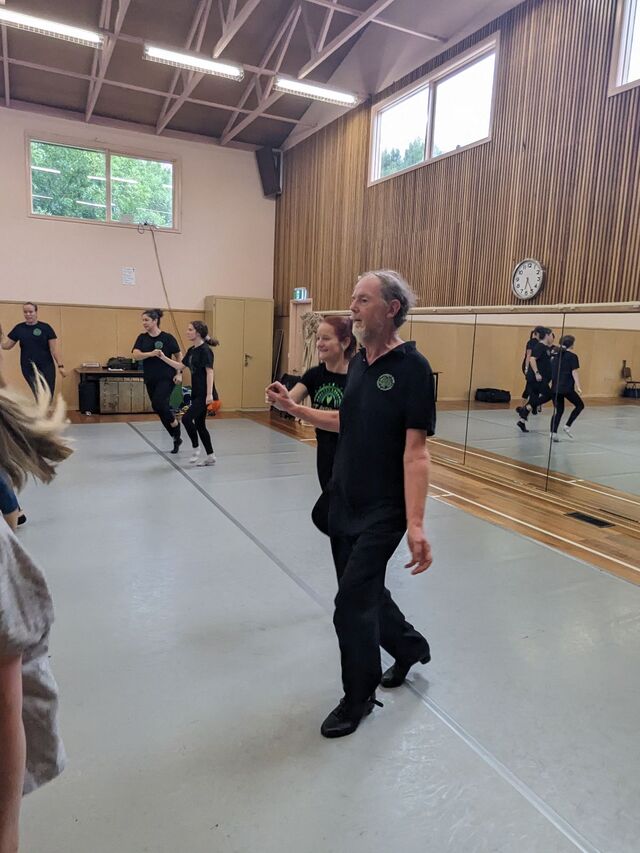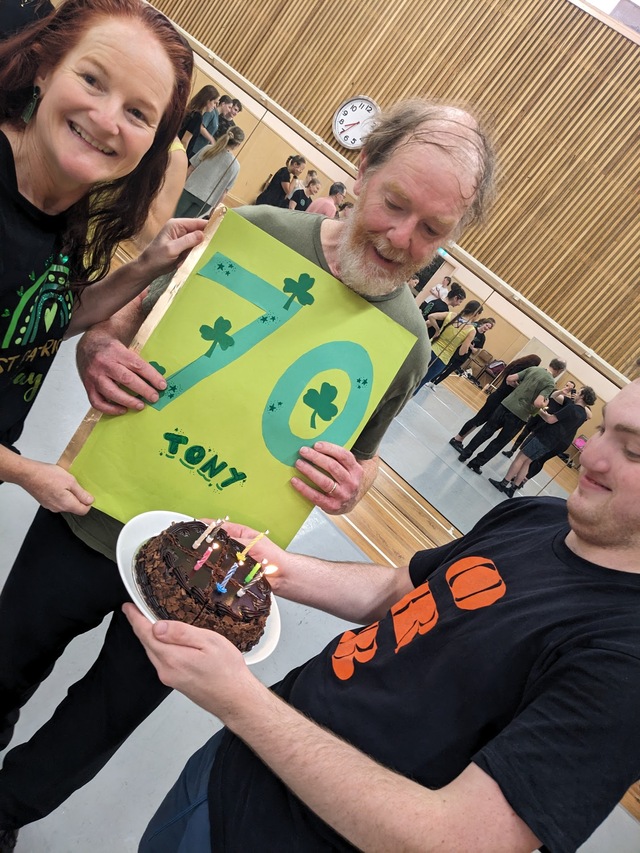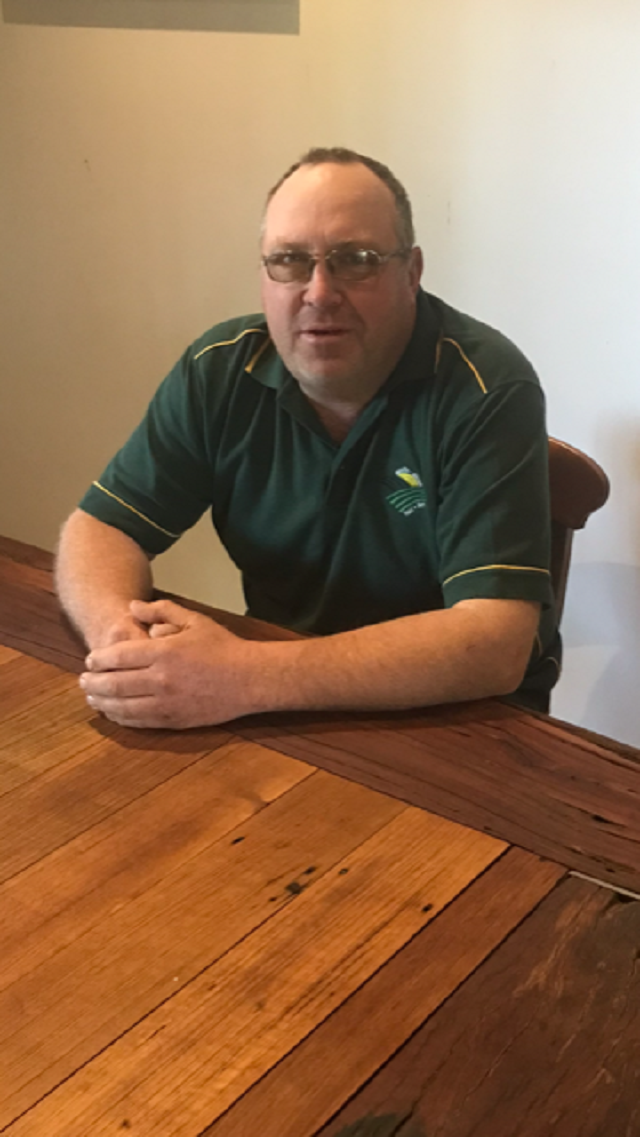Ready to shape the health landscape from now until 2028, Ambulance Victoria has just released its Victorian Ambulance Cardiac Arrest Registry (VACAR) with aims to increase the rates of cardiac arrest survival.
The registry is a data-capturing report on all cardiac arrests attended to by Ambulance Victoria.
This year’s VACAR report revealed that the chances of surviving cardiac arrest increase dramatically with the use of an automotive external defibrillator (AED) and that the majority of heart attacks occur at home.
Avid Irish Dancer Anthony Bevan suffered from a heart attack almost two years ago and was resuscitated by one of these AEDs. Anthony has just celebrated his 70th birthday last week.
Mr Bevan said, “I was at my usual Saturday Irish dancing class and it was getting towards the end of the first hour when our dance teacher called on me to perform a dance.”
“I was doing a light jig when I felt a sudden and brief breathlessness, not dissimilar to the symptoms I had when I tested positive for COVID,” Mr Bevan said.
“It only lasted a couple of seconds. I think in retrospect that must have been the heart attack.”
Dancing through the mild breathlessness bout, Mr Bevan finished his jig and proceeded to participate in another dance.
“After that second dance I thought I was fainting. I was having trouble walking forward,” Anthony said.
“I wasn’t feinting, I was dying.”
“The next thing i remember was a woman’s voice saying ‘you’re doing great tony,’ and a man’s voice saying ‘hang in there Tony.’”
Thankfully five people in his class were well trained in CPR.
Teacher Kate Bilton was there in the room when Tony went into cardiac arrest.
“We were very lucky that the ambulance only took 8 minutes to arrive and that they brought an aed and were able to use one on him,” Ms Bilton said.
“The AED absolutely saved Tony’s life. The CPR we were doing were just tiding him over until the ambulance arrived and had the ambulance not come so promptly, it might have been a different story.”
“That is what prompted me to go and purchase and donate an AED to the church and the hall because I never want to be in one of those situations without an AED again because it is a lifesaving device,” Kate said.
Of the 7,800 cardiac arrests Ambulance Victoria attended in 2023, in only 139 of them did a bystander use a defibrillator before the ambulance team arrived.
David Anderson, associate professor and medical director of Ambulance Victoria said, “We know that survival decreases by about 10% for every minute that someone is in cardiac arrest. We get to cardiac arrests on average in about 8 minutes which is pretty impressive but a lot of time has still ticked by so that is one of the reasons why we want members of the public to learn cpr.”
“We want people to know that you don’t need training to use a defibrillator,” Mr Anderson said.
“We encourage people to learn cpr and know how to use them.”
With the release of Ambulance Victoria’s new GoodSam application, people who know CPR can register and be alerted as to when a cardiac arrest is happening in their area as well as where the nearest defibrillator is.
Mr Anderson said, “we know from the VACAR registry that the chance of survival is more than doubled if someone has bystander CPR compared to not having bystander CPR. That is what we want to highlight.”
“The VACAR registry really did make us realise that we need to have more AEDs and we need to have them throughout the community and in places where they are likely to use them,” Mr Anderson said.
“Church facilities or anywhere people are gathering in mass we really should have access to an AED. it is not an overly expensive piece of equipment. Money spent on an AED is a good investment. It is an investment into the health of the community.”









